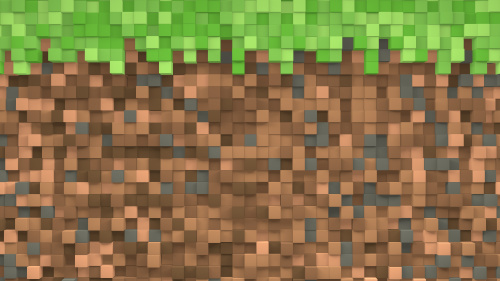Of all the tools available to educators today, Minecraft is fast becoming one of the most useful. It may seem strange that we say that about a video game, but it is the case. Put aside the popularity of Minecraft, which has sold over 200 million copies, and you find a game that is immensely engaging with today’s youth.
That singular nugget, engagement with youth, has allowed it to become a tool that helps educators teach students things like leadership, organization, physics, agriculture, and more.
One of the reasons why Minecraft and its various versions work so well as educational tools is because it isn’t an artificial game-based education tool. Too often students recognize when game-based educational tools just have a veneer of games layered over the top of educational tools. They see through this right away and therefore don’t become as engaged.
Educating in Minecraft is the opposite of that. By simply adopting an already-popular game and using it as a tool to impart knowledge, students are more engaged and learn more.
Here’s an example. This spring, NASEF (the nonprofit North America Scholastic Esports Federation), collaborated with the U.S. Department of State for an event called Farmcraft. Students were challenged to grow crops under certain circumstances and competed with each other to see who could grow the most. Minecraft already has agricultural elements to it, and NASEF maximized those with some customizations, which made Farmcraft a seamless educational tool. While not everything carried over from the fantasy world of Minecraft to real-world equivalents of farming, many of the real-world decisions farmers have to make were ported over to the game in this mod.
Throughout the challenge, students learned how to manage farming, including crop selection (organic or genetically engineered crops), fertilization, pest control, water, soil quality, and budgeting. They applied critical thinking to analyze and solve problems.
- Are substitutes the answer to the teacher shortage? - June 13, 2023
- Preparing for ransomware attacks begins with education - June 13, 2023
- How to use UDL-inspired technology to reengage students - June 12, 2023

